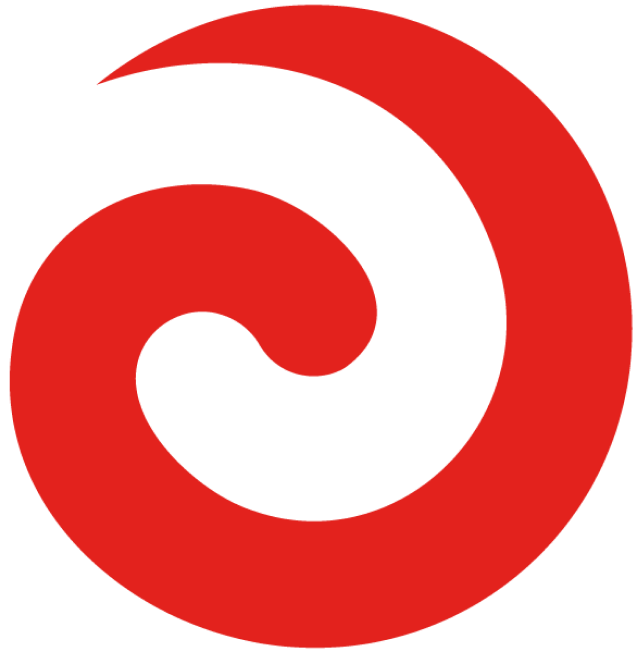Hira Nathan (Ngāti Kahungunu, Ngāti Tūwharetoa, Ngā Puhi) has helped thousands across Aotearoa keep a regular record of their daily “positives” with his best-selling bilingual gratitude journal, Whakawhetai Gratitude.
Now, he hopes to help inspire tamariki wellbeing.
He has co-authored an illustrated journal for 8 to 10 year olds, Piki te Ora: Your Wellbeing Journal, based on hauora Māori principles, with his friend Jessie Eyre (Ngāti Pākehā).
She is a teacher at Western Heights Primary School in Henderson. They have been friends since starting to study te reo Māori together five years ago at Te Wānanga o Aotearoa.
“In those courses, you’re learning and struggling together and you form some pretty close friendships,” says Eyre, who attended kōhanga reo as a child.
‘Grounding kids in their connections with people’
Originally, they planned to write a children’s mindfulness journal but hauora fit better.
“Because mindfulness feels very insular. It’s you, you, you as an individual, whereas hauora is everybody in the world around you that you’re connected to. It’s for the whole child and the whole family,” she says.
“There’s a big mental health aspect going on where people feel really isolated. So we’re wanting to ground kids in their connections with people and themselves.”
Nathan elaborated on this when we spoke with him last year.
“I feel like kids these days do it a bit tough, so I was like they need something to get them off their phones and get them thinking about life a little bit differently.
“Kids they’ve got it a bit tougher than I had it, I guess. There are so many different things distracting them and so much pressure from social media, and they see the best of everyone’s lives.
“When I was growing up, everyone was broke. You didn’t see friends going on trips to Hawaii and they didn’t have the latest gears. So you didn’t have those unrealistic expectations because you didn’t see it.
“Whereas they see everything, and they see these kids living amazing lives, and they think that’s normal. So they have these expectations that they’ve got to live up with.”
There is an emphasis in the journal on creating a sense of belonging and connection.
“Just to encourage talking about memories and creating memories in the present,” says Eyre.
“Both my parents have passed away, I was young when that happened but people would always tell me stories of my parents. I think it’s because they passed away.
“It’s nice to hear those stories of your parents and grandparents but it’s [also] nice to hear them when people are still with you.”
Learning about the ‘different sides of yourself’
With illustrations by Huriana Kopeke-Te Aho (Tūhoe, Ngāti Porou, Rongowhaata, Te Āti Haunui-a-Pāpārangi, Ngāti Kahungunu), the journal contains a variety of activities and ideas, designed as the book’s description says:
“To help you learn all about the different sides of yourself – and how they make you happy – from your whānau, to moving your body, to caring for others and the environment.
“There’s also room for you to write your thoughts and to draw and doodle, cool pictures to colour in and heaps more.”
Nathan has already tested it on his seven-year-old niece Mia. “She loved it.”
“One of the activities we did was, ‘What is your favourite joke?’ They had to write it down, tell it to someone and then explain how they reacted: Did they think it was funny? How did you feel when you were telling the joke? Did you love it?
“She went around for the rest of the day, telling everyone her joke. It was a pretty cheesy joke: What did Baby Corn say to Mummy Corn? I miss Pop Corn,” he laughs
“Anyone she meets, she’ll say, ‘Do you want to hear my joke?”
‘So much joy’
Eyre’s school class was with her the whole way through the writing process.
“I took it to my class, it was really nice doing it with them. I’d take in activities and get them to try them.
“In the [book’s] dedication, I dedicated it to my class from last year for being on the journey with us. That was a pretty special thing, telling them every step we were at.
“It was really nice this year when I got the hard copy. I had to go around and find all my Year 5s from last year, and say ‘Look, it’s a real thing now’.”
She’s keen to encourage adults to enjoy the book too.
“I would really love adults to buy it for themselves, as well. It feels like a really nice entry level to learning some te reo Māori, to having some time with your friends and family.
“I don’t want people to think it’s just for kids. It’s definitely for children but adults karawhiua, give it a go!”
They will release the new book into “the big wide world” on Sunday, 19 May at the Auckland Writers Festival.
“I’ve done this before - it’s still super exciting, I know the feeling,” says Nathan, who is excited for his friend.
“It brings her so much joy, it’s pretty cool to see. And it brings me joy, seeing her like that.”



